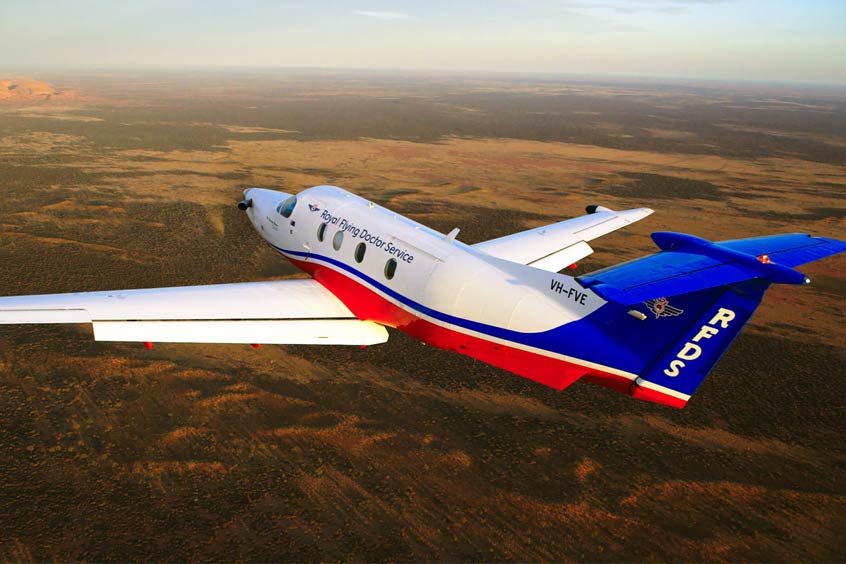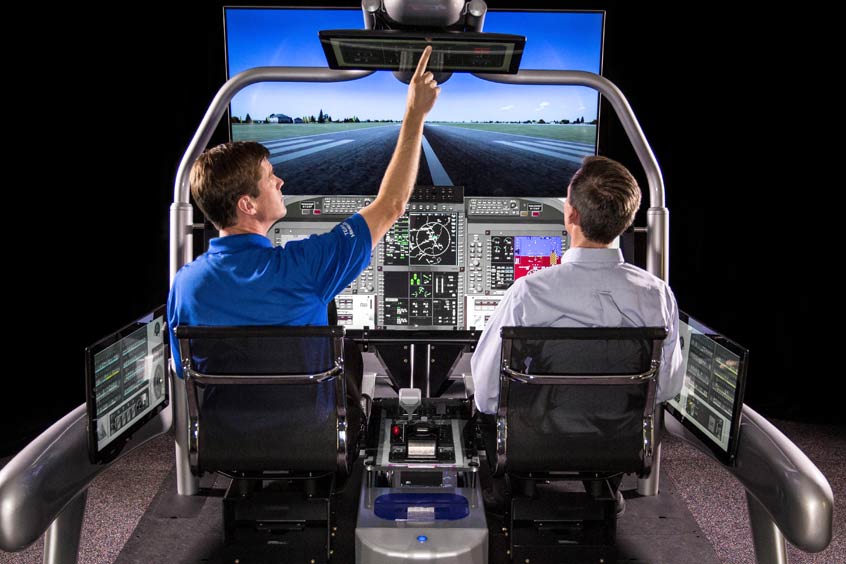Why visit ACE ’25?



The Royal Flying Doctor Service's Central Operations in Australia has tasked FlightSafety to provide a MissionFit flight training device for use in its Pilatus PC-12NG pilot training programme. The MissionFit FTD is scheduled to enter service in July 2021 at RFDS Central Operations in Adelaide. Due to its portability and ease of installation, the device may also be used for training at the organisation's Alice Springs facility or at other locations.
“We are honoured to support the important programmes the Royal Flying Doctor Service provides throughout the central corridor of Australia,” says Nathan Speiser, executive VP of sales and marketing. “The innovative design of MissionFit will help to increase the effectiveness of its Pilatus PC-12NG training programme, while providing value and added flexibility.”
This advanced technology training device will be equipped with a synthetic vision system, as well as weather radar and terrain and traffic collision avoidance systems.
MissionFit is ideal for use in a wide variety of courses including ground school, systems integration, normal, abnormal and procedures training, general cockpit familiarisation, crew coordination and flight training. MissionFit can be qualified as a Level 5 FTD by the Civil Aviation Safety Authority of Australia.
The system features a glass display that presents a graphical representation of the PC-12NG's flight deck. It is sensitive to movement and touch, and is uninterrupted by bezels. The device can be outfitted with flight controls, power control levers, tactile and wireless smart panels and a visual system. Aircraft type-specific AFCS mode select panels, throttles, gear and flap handles, cursor control devices and multi-function keyboards can also be added. MissionFit is easily reconfigurable to represent a wide variety of aircraft types and can be controlled by an instructor from a smartphone, tablet or laptop.
The Royal Flying Doctor Service of Australia is one of the largest and most comprehensive aeromedical organisations in the world. Nationally, it operates a fleet of 77 aircraft from 23 bases throughout the country. This not-for-profit organisation provides many services, including emergency medical flights, clinic flights to isolated communities and inter-hospital transfers of patients. It serves 300,000 patients living in urban and rural areas of Australia annually.